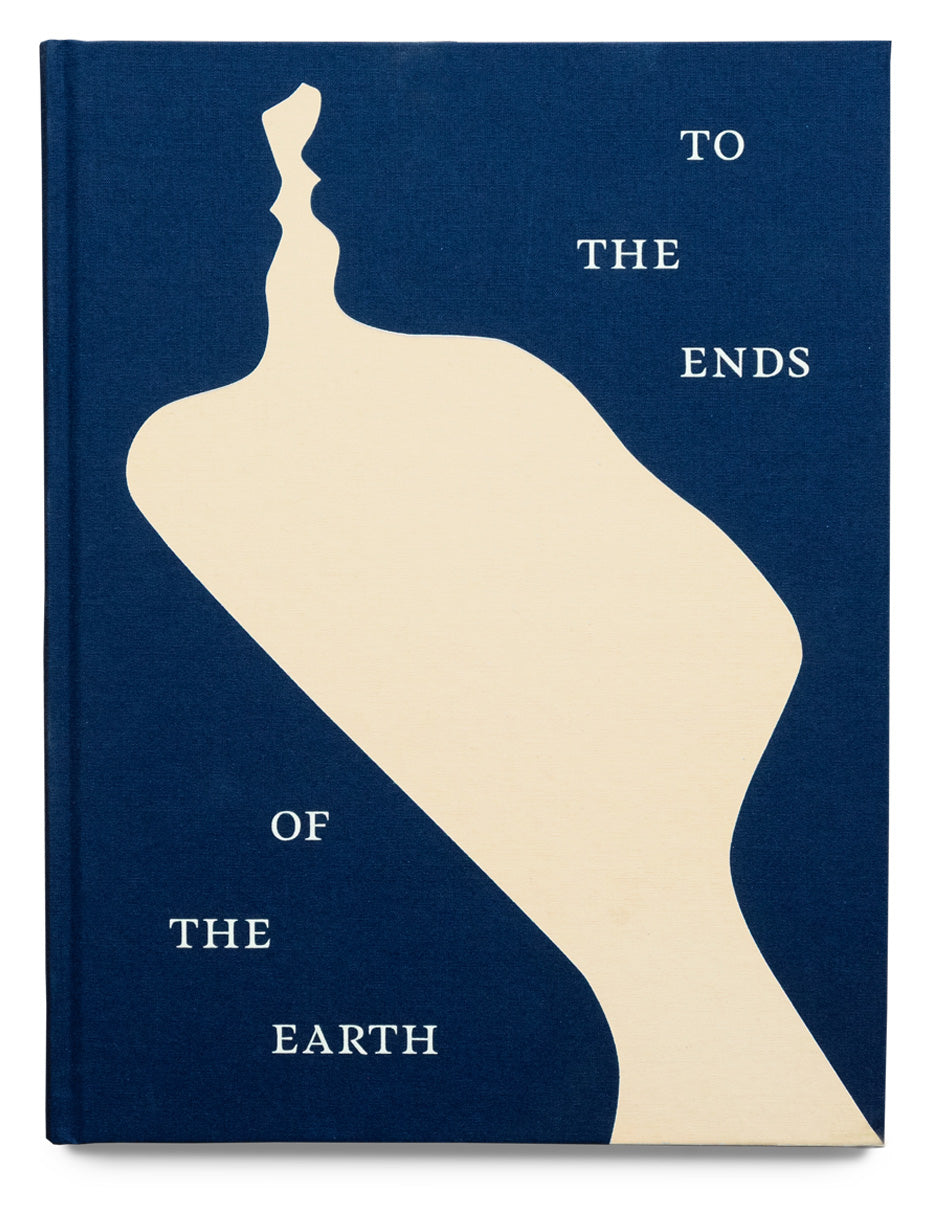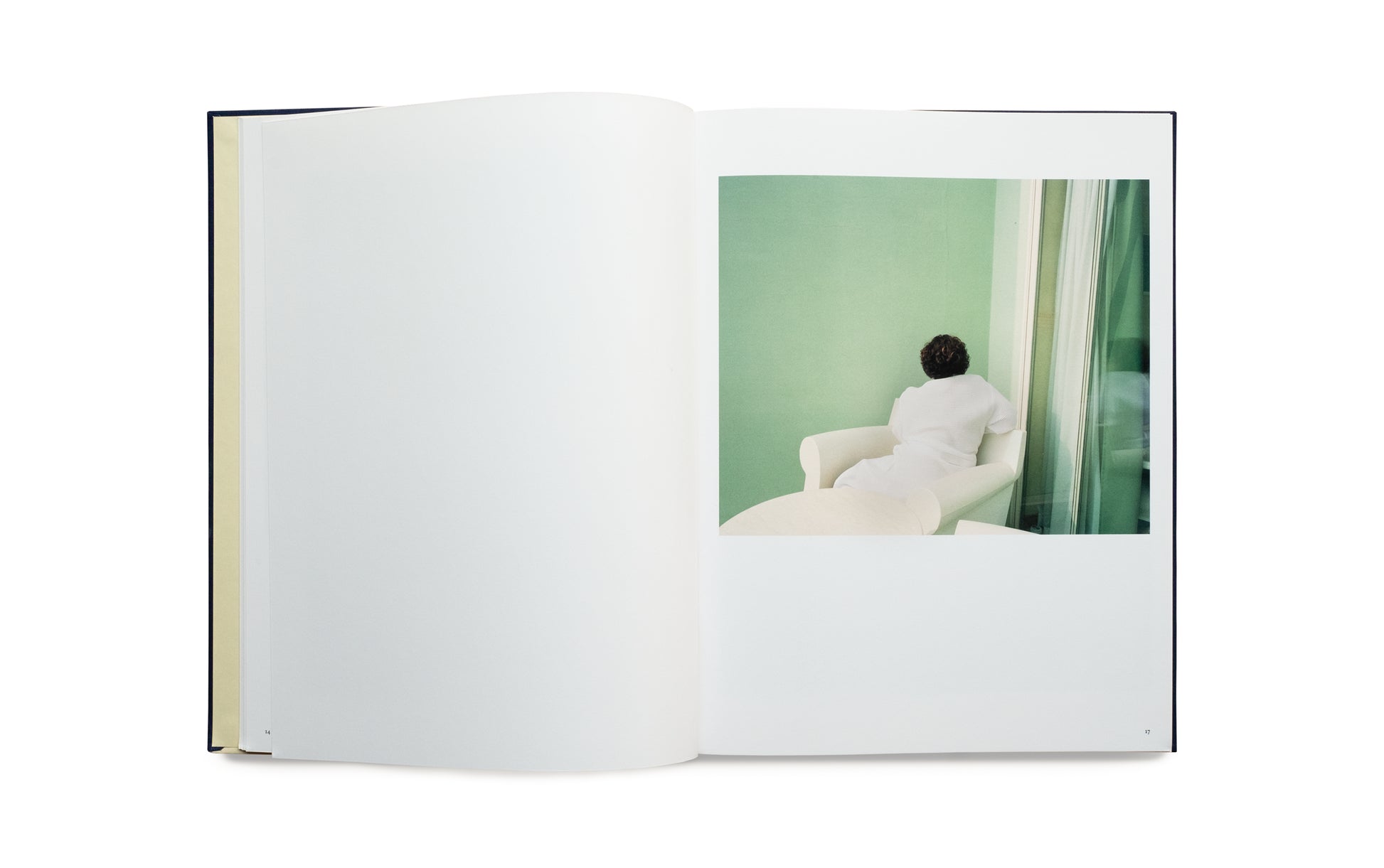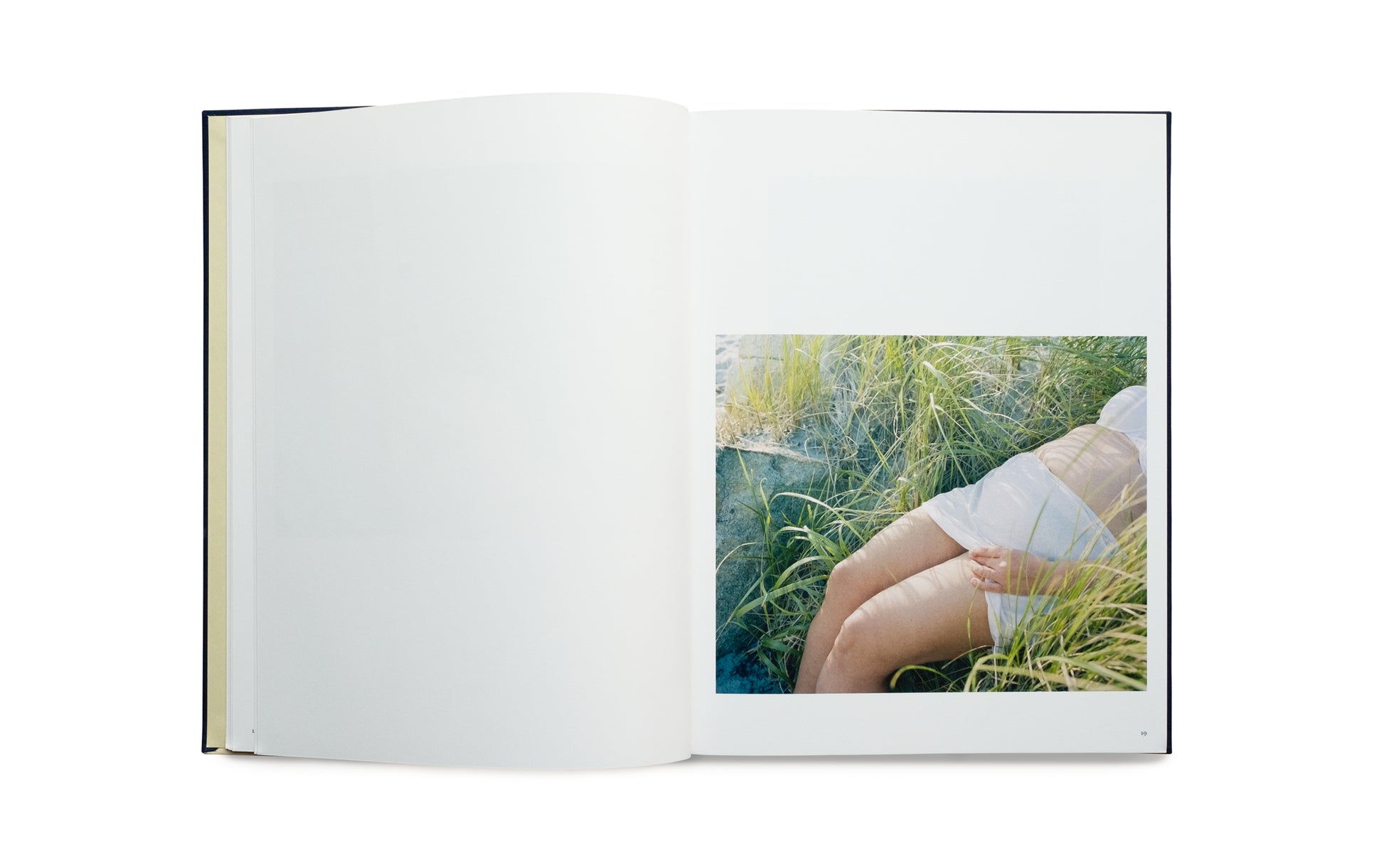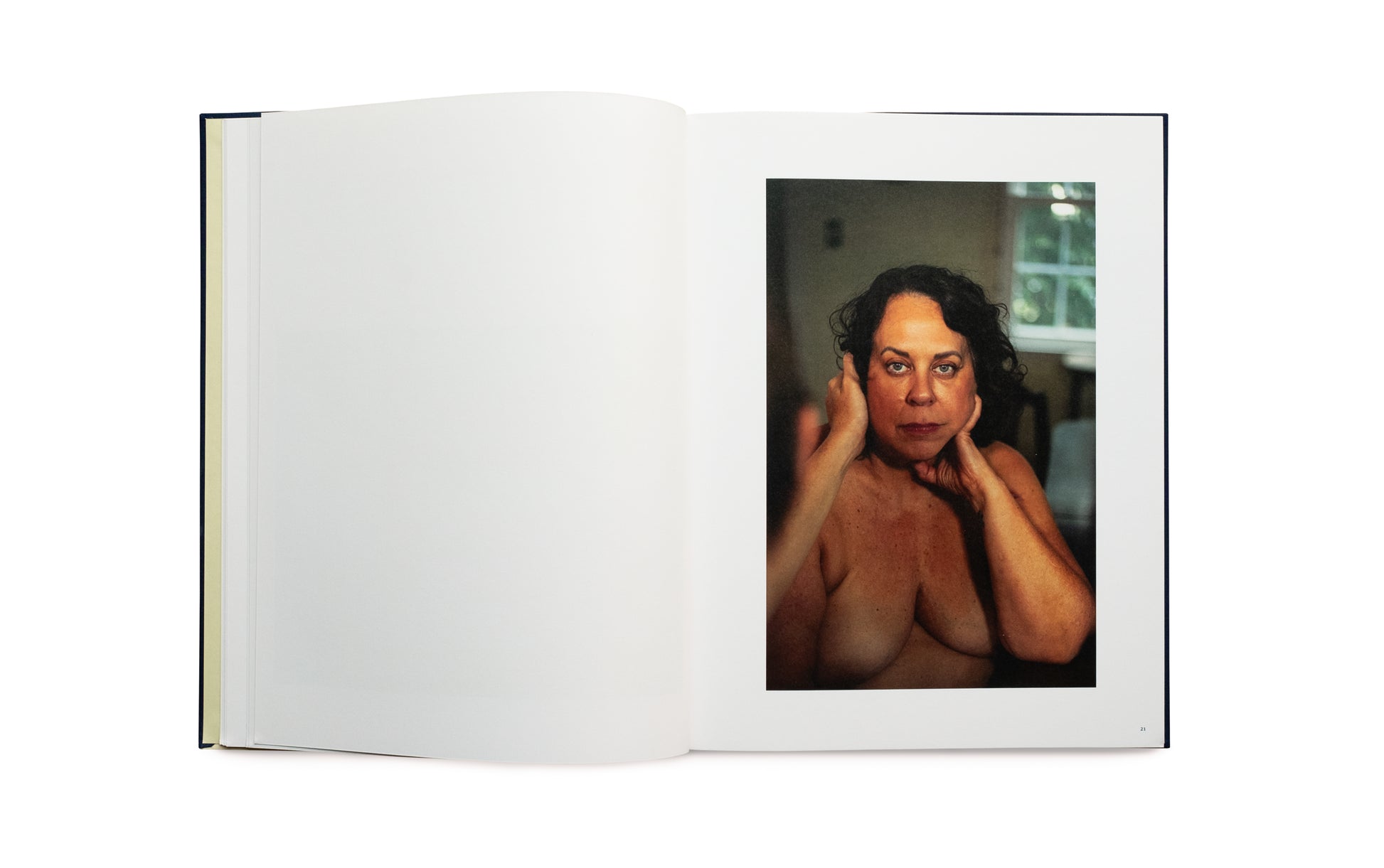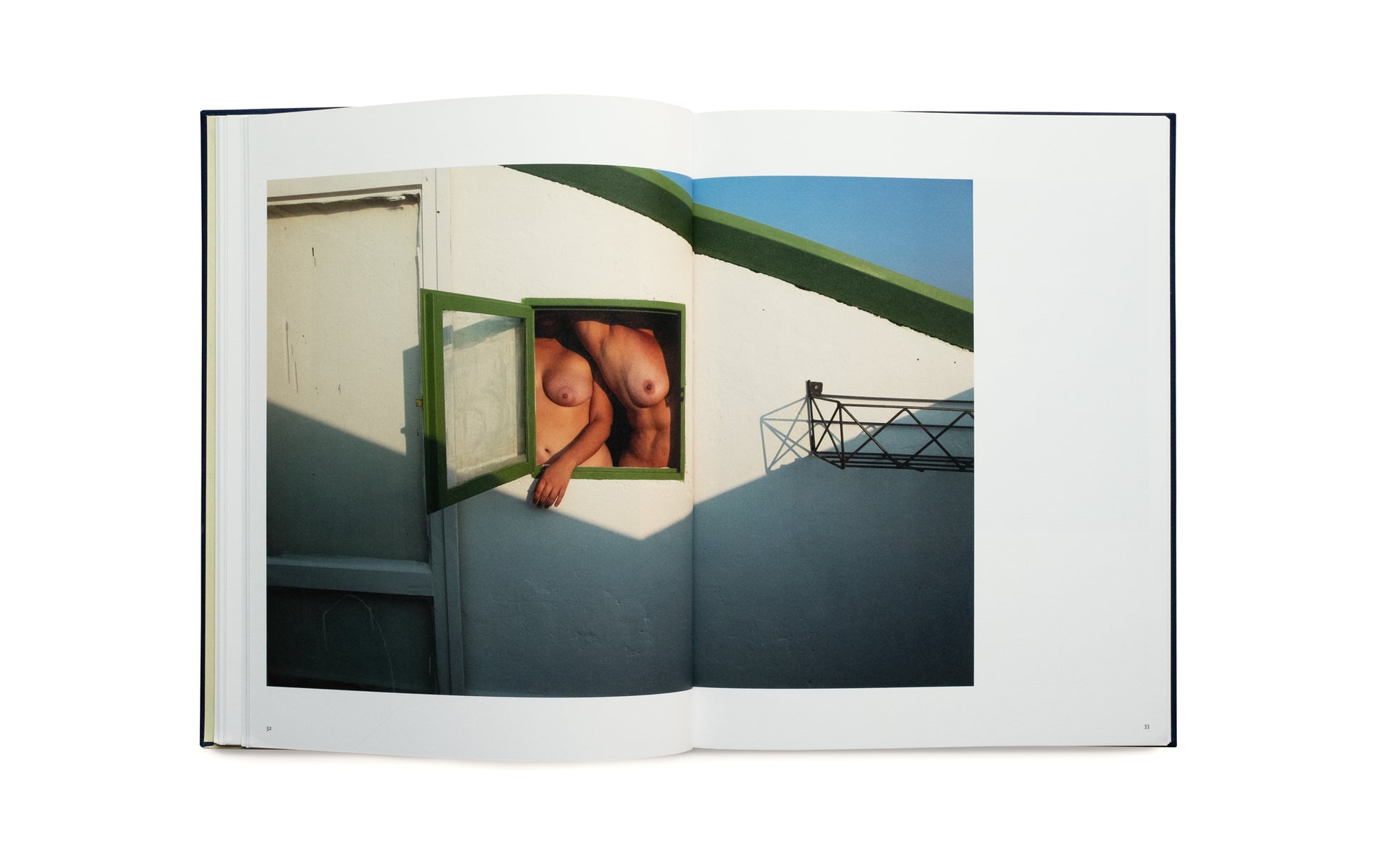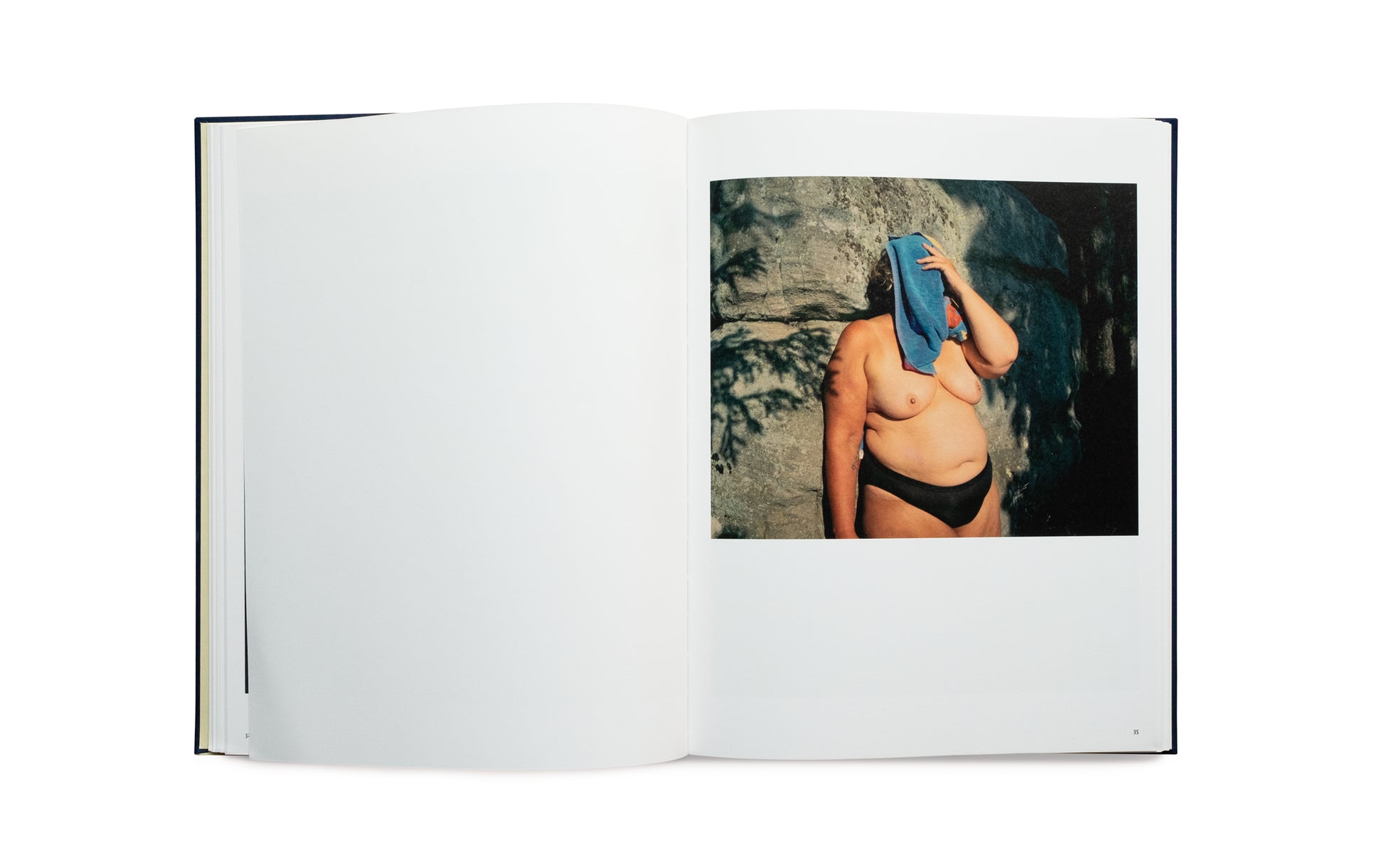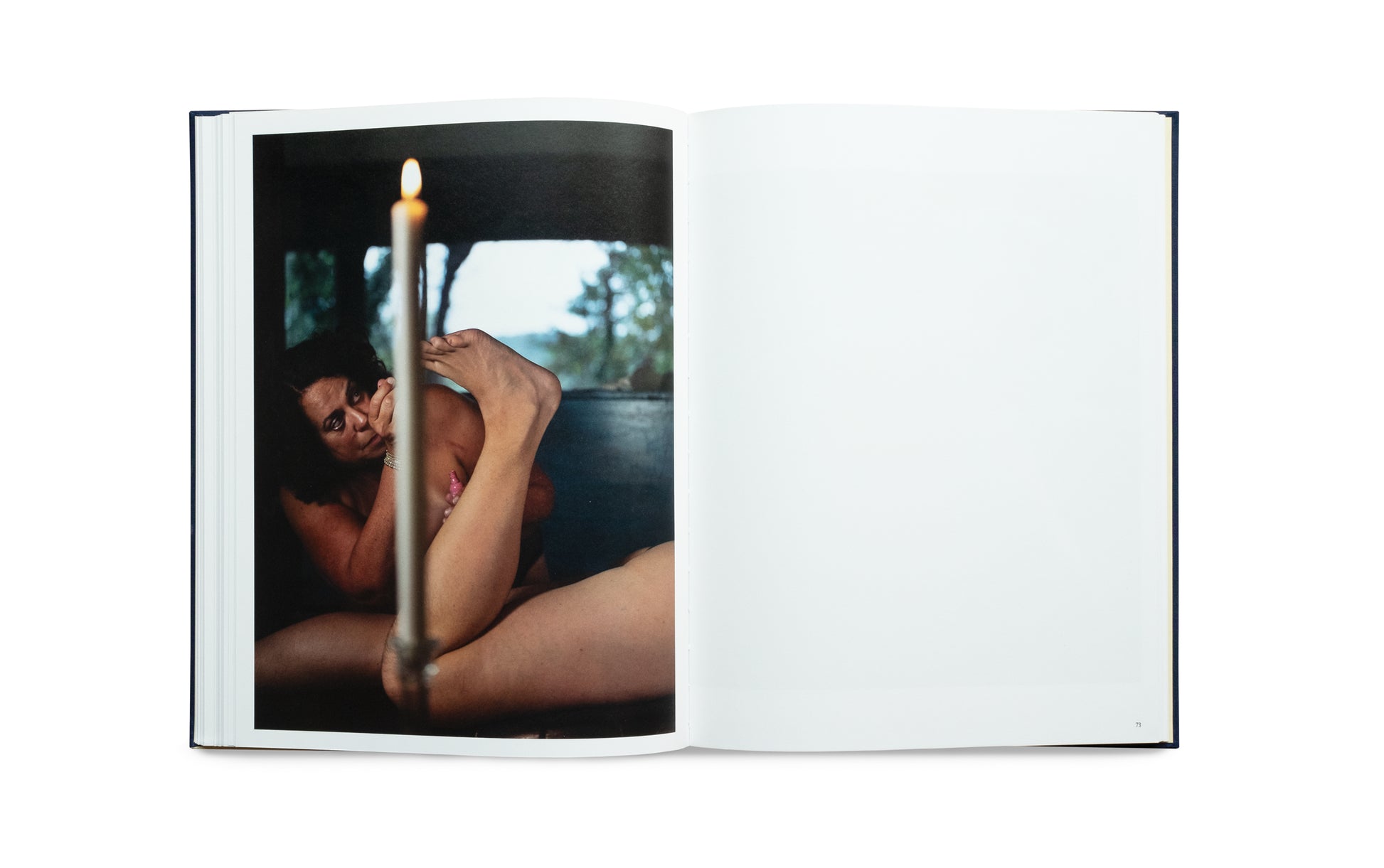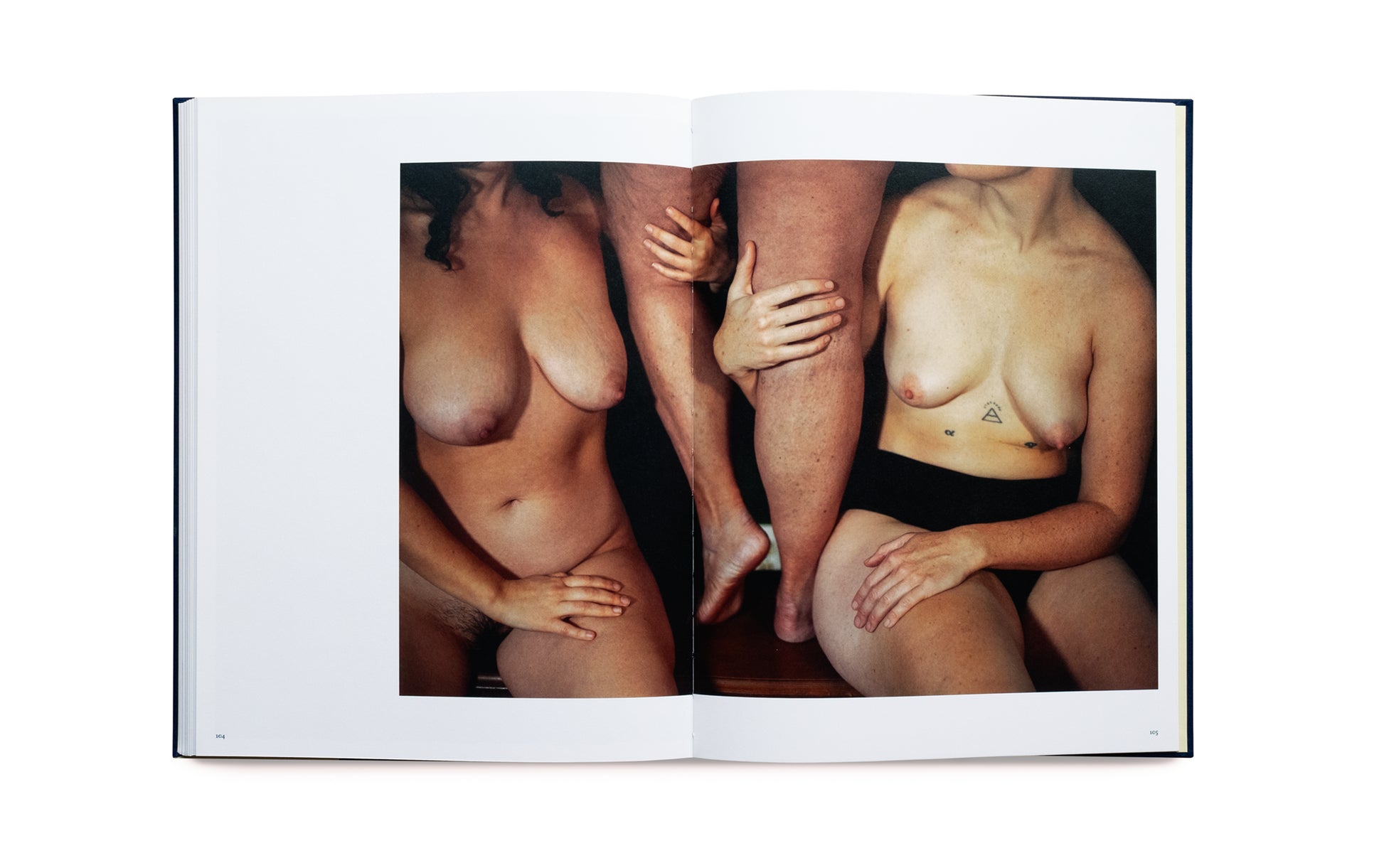To the Ends of the Earth
To the Ends of the Earth
by Jeanette Spicer
Regular price
$60.00
Regular price
Sale price
$60.00
Unit price
per
Tax included for domestic orders. Customs duty and import tax may apply to international orders.
Couldn't load pickup availability
The photographs in To the Ends of The Earth by Jeanette Spicer span 12-years and depict the underrepresented and often unseen dynamics of the relationships between a lesbian, her girlfriend and her mother.
More about this book
More about this book
Published October 2024
240 x 310mm
120pp, 55 images
Hardback
ISBN 978-1-915423-48-1
Share
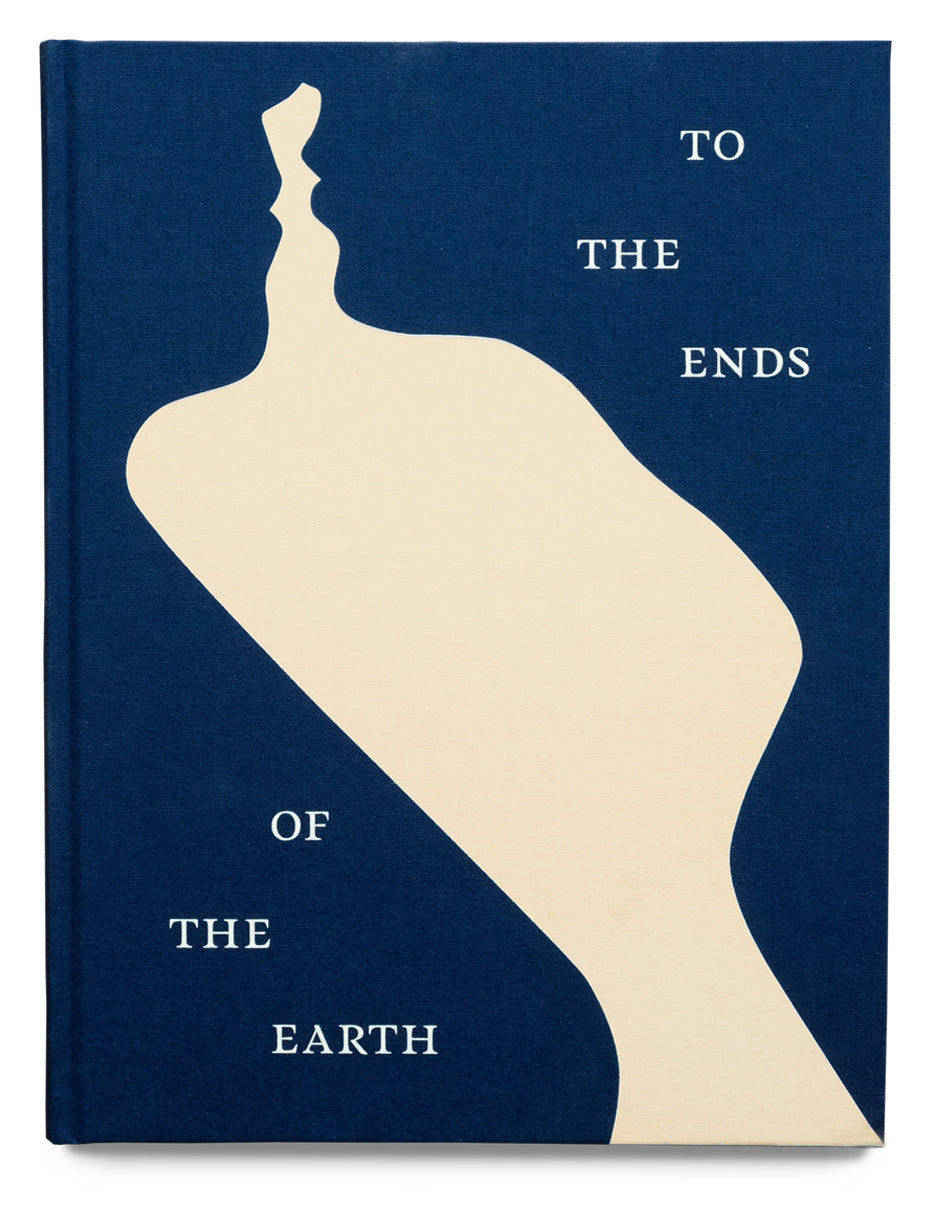
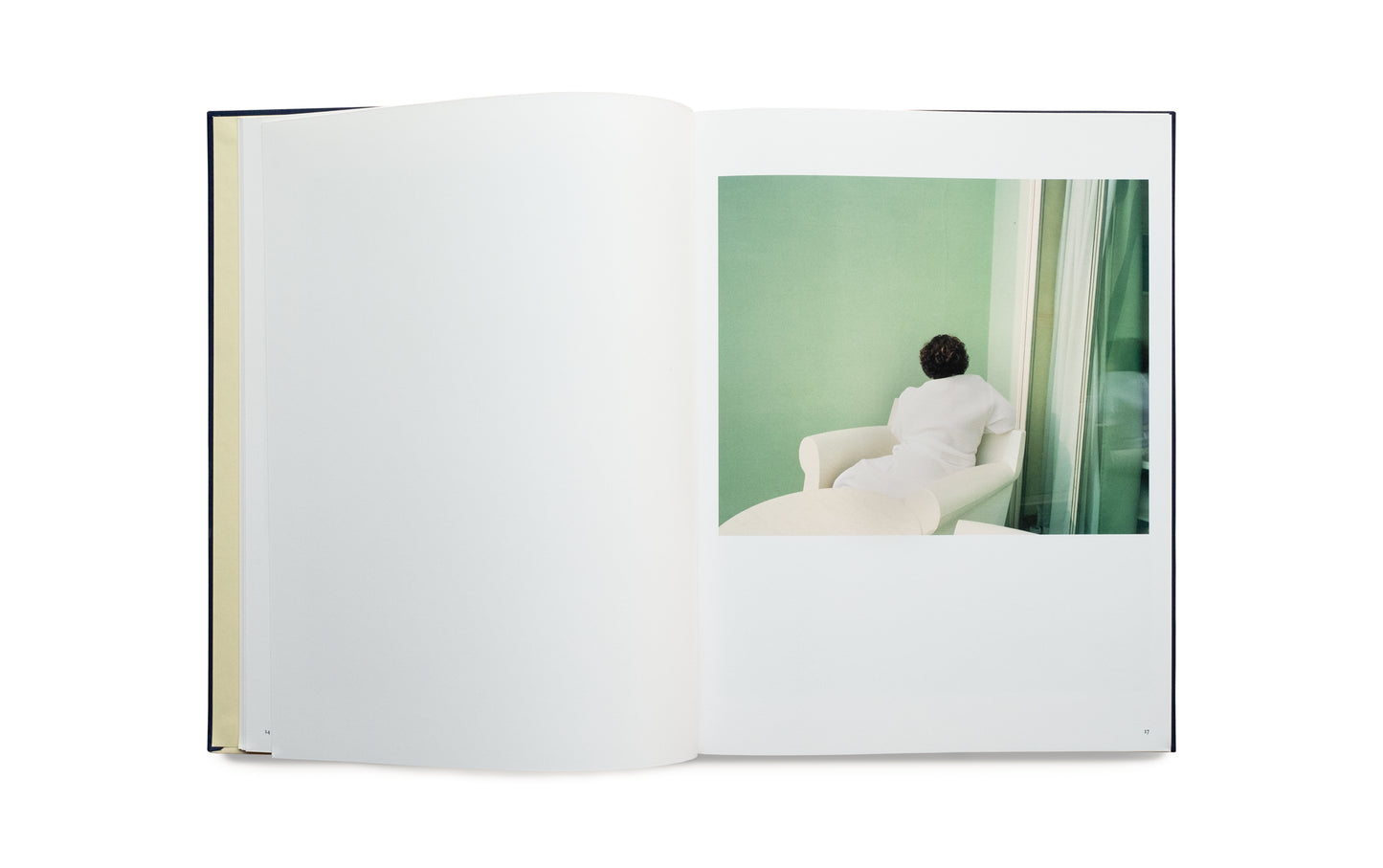
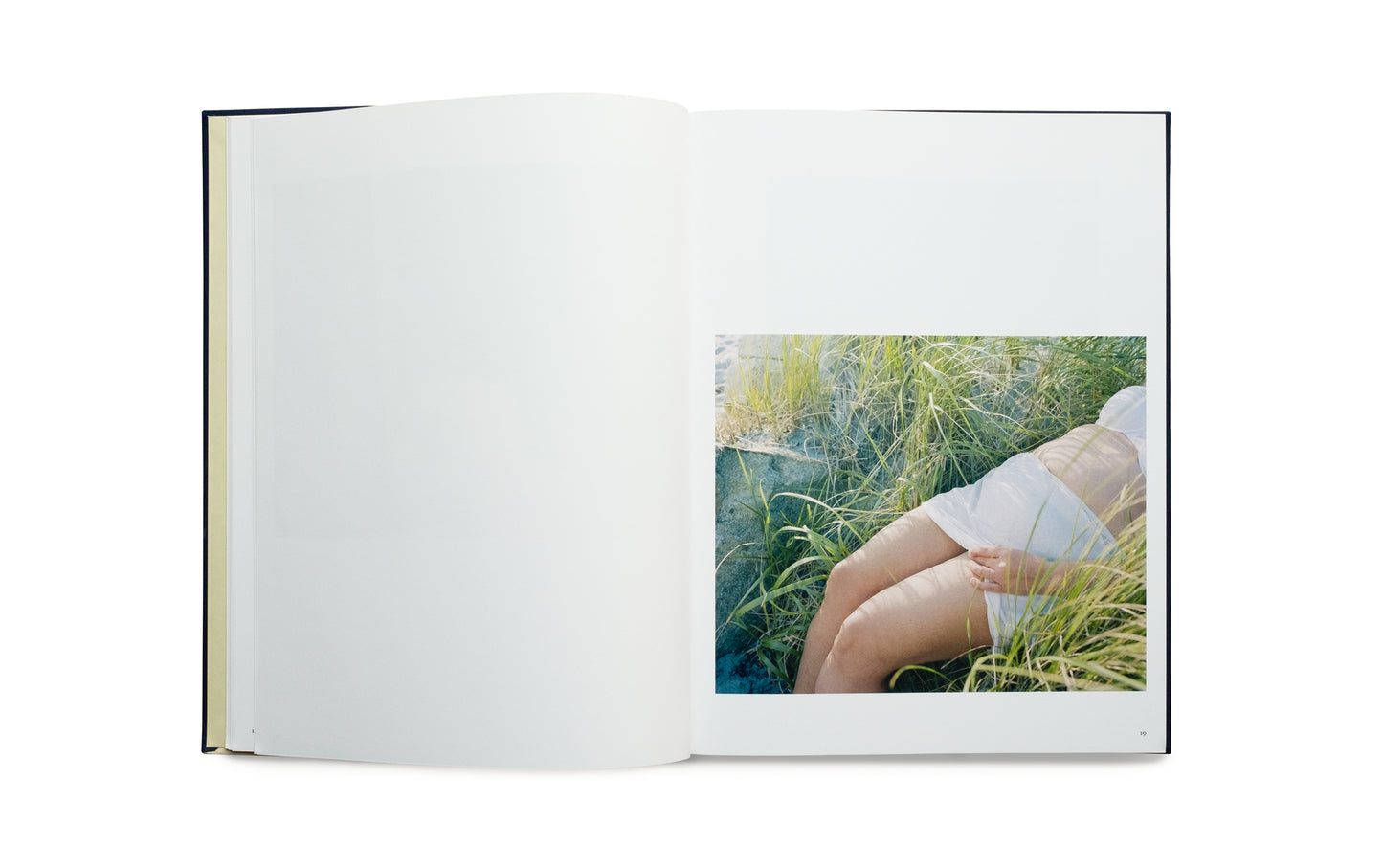
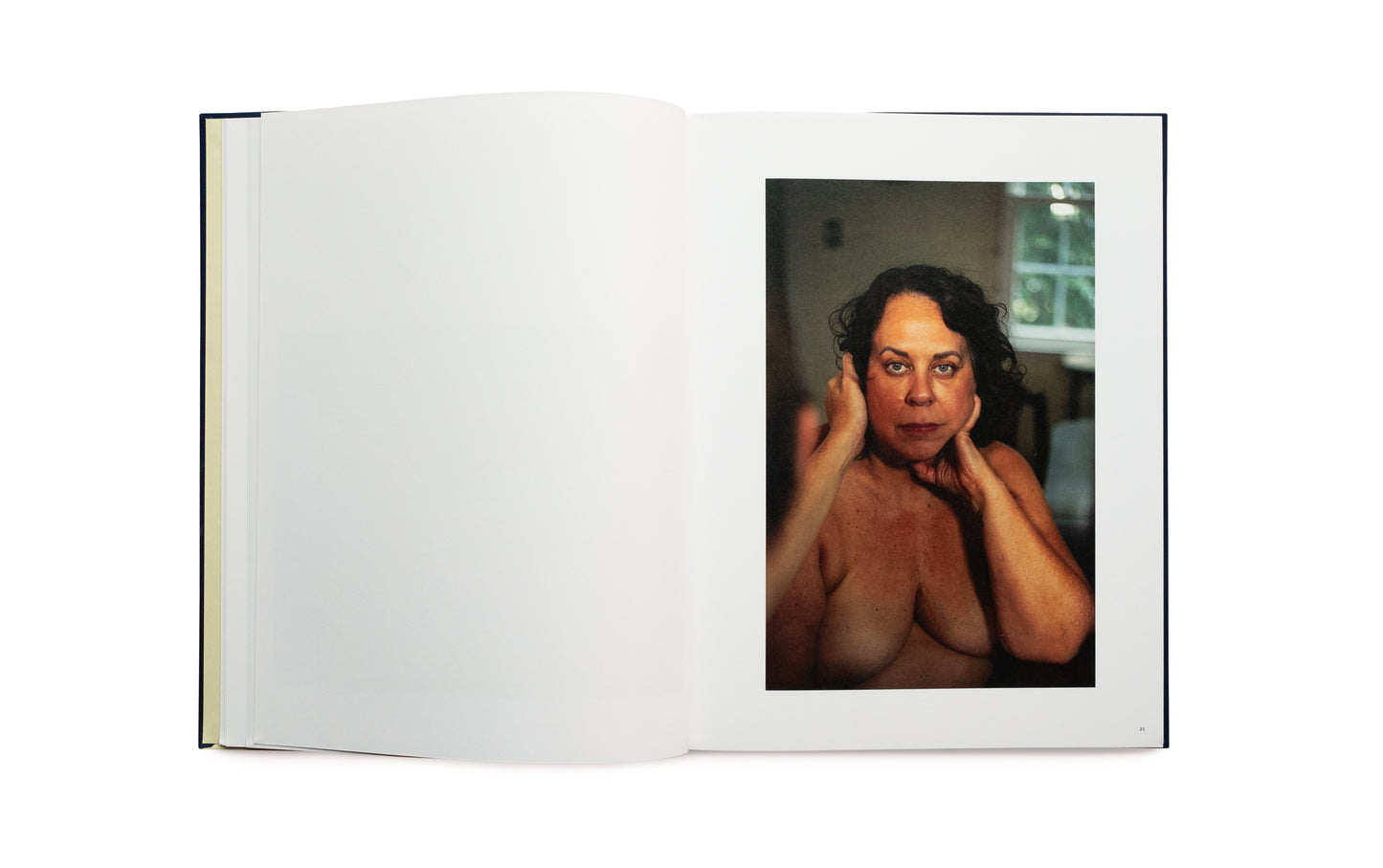
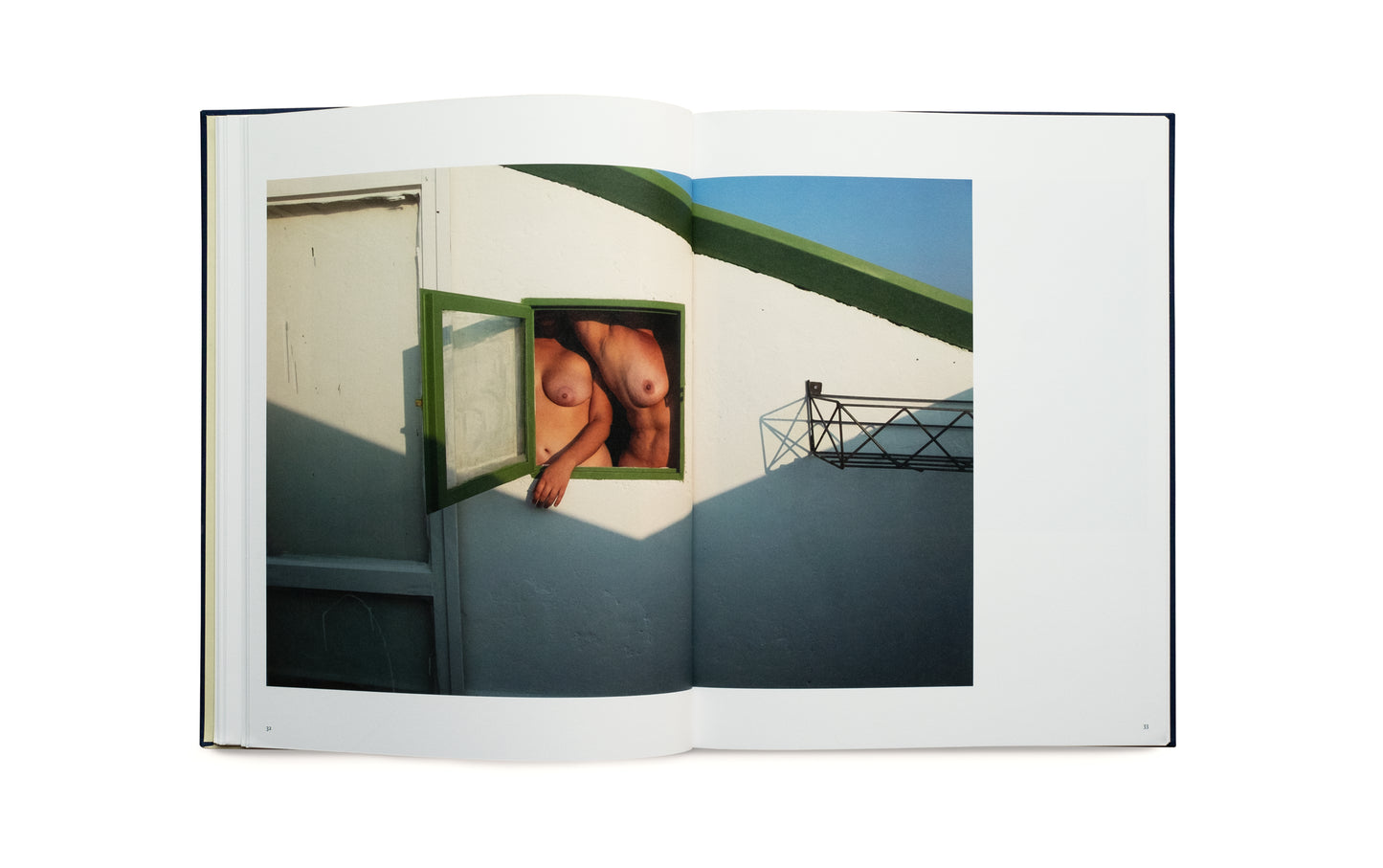
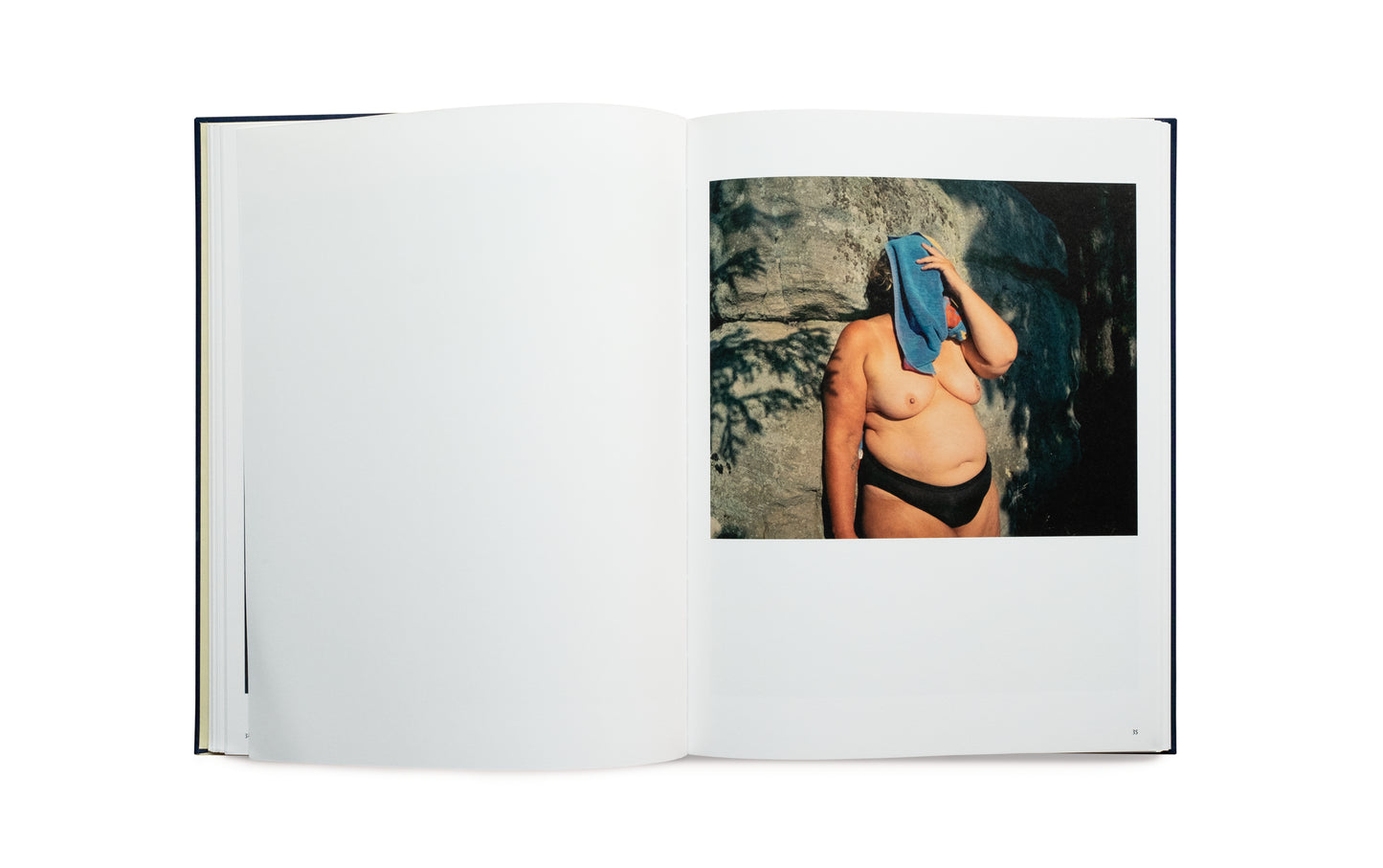
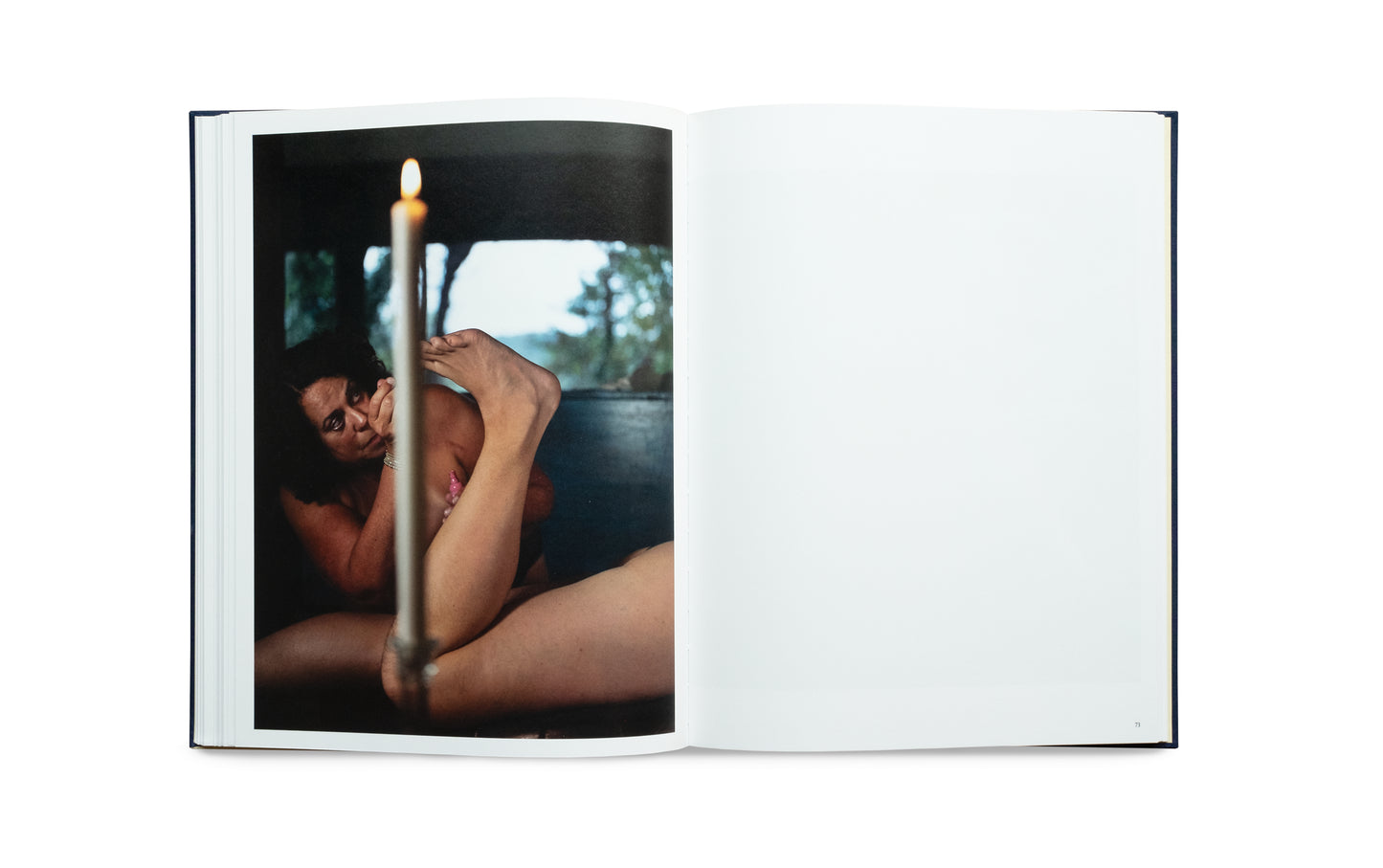
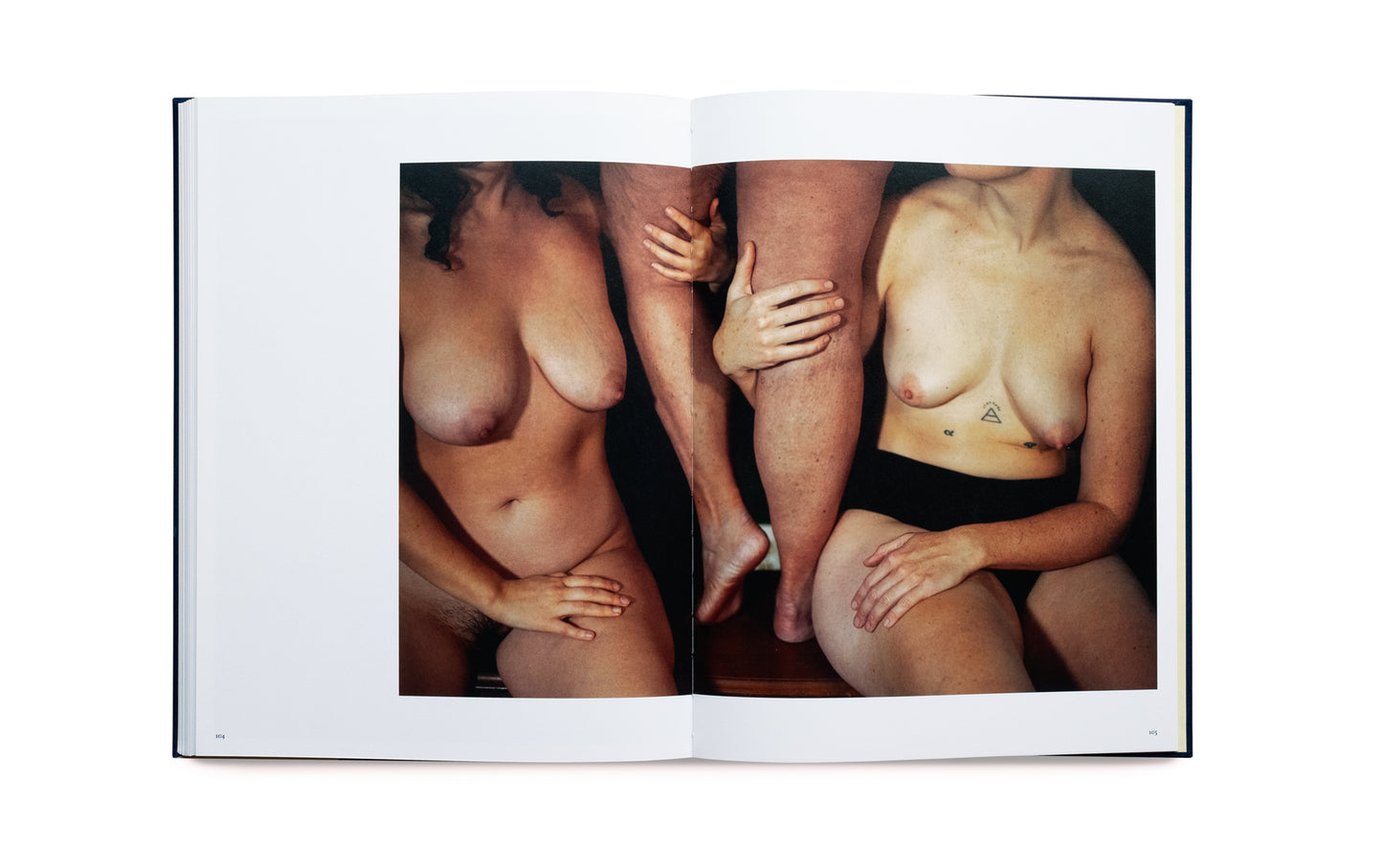
In the press
From the author
-
-
- Jeanette Spicer

